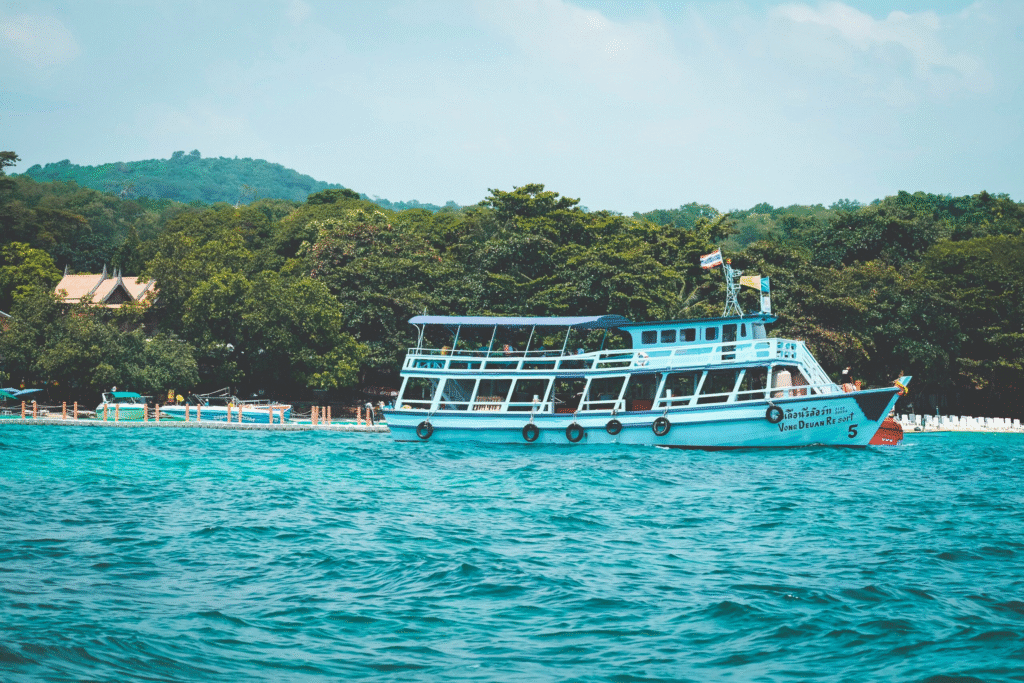For Finns, the relationship with nature is not just a pastime; it is a fundamental part of the national identity. Amidst the countless forests and nearly 188,000 lakes, there exists a cherished tradition that captures this spirit perfectly: veneajelu, or boating. More than just a hobby, veneajelu is a cultural institution, a way to unwind, connect with family, and experience the unique Finnish landscape from its most serene vantage point—the water.
The Call of the Lake
In a country famously known as the “Land of a Thousand Lakes,” access to water is virtually universal. For many Finnish families, a summer cottage (mökki) isn’t complete without a boat moored at the dock. As the long, dark winter gives way to the midnight sun of summer, the urge to get out on the water becomes irresistible.
Veneajelu is the answer to that call. It’s a slow, purposeful activity with a simple goal: to enjoy the moment. There’s no rush to get anywhere. The point is to feel the sun on your skin, listen to the gentle lapping of waves against the hull, and watch the pine-clad shores glide by.
A Boat for Every Purpose
The Finnish fleet is as diverse as the landscape itself. A classic sight is the traditional wooden rowboat (puuvene), often passed down through generations, its weathered planks telling stories of decades of summer days. For many, learning to row one of these sturdy crafts is a childhood rite of passage.
Modern times have introduced a variety of other vessels:
- Motorboats (moottorivene): For longer trips, fishing expeditions, or water skiing.
- Sailboats (purjevene): For harnessing the Baltic winds and enjoying the silent, graceful dance with nature.
- Kayaks and Canoes (melavene): For the solitary explorer seeking to navigate the narrowest inlets and find ultimate peace.
Regardless of the type, the common thread is the pursuit of tranquility and a deep connection with the natural world.
The Simple Rituals of a Day on the Water
A day of veneajelu is built around simple, cherished rituals. It often begins with packing a thermos of coffee and some pulla (Finnish cardamom sweet bread) or grilled sausages (makkara). The destination might be a remote island for a picnic, a good fishing spot, or sometimes, no destination at all.
Fishing (kalastus) is an integral part of the experience. The quiet patience of waiting for a perch (ahven) or pike (hauki) to bite is a form of meditation. It’s also common to take a refreshing swim in the clean, often cool, lake water—a bracing dip known as avanto, even in summer, echoing the practice of winter ice swimming.
As the evening sun hangs low in the sky, casting a golden glow over the water, the boat turns back towards the cottage. The experience is capped off by a relaxing sauna, the heat soothing muscles tired from a day of fresh air and gentle activity.
Everyman’s Right and Responsible Boating
The freedom to enjoy nature is legally protected in Finland and the other Nordic countries through Jokamiehenoikeus, or “Everyman’s Right.” This allows everyone to roam freely and enjoy nature on foot, ski, or boat, regardless of who owns the land. However, this freedom comes with a deep-seated responsibility.
Boaters are expected to follow strict etiquette:
- Respect Privacy: Avoid coming too close to private cottages and docks.
- Leave No Trace: All waste is taken back home. The cleanliness of the lakes is a source of national pride.
- Safety First: Life jackets are non-negotiable, especially with children on board.
This culture of respect ensures that the pristine nature that makes veneajelu so special remains intact for generations to come.
More Than a Hobby, A State of Mind
Ultimately, veneajelu is more than just piloting a boat. It is a state of mind. It represents a conscious slowing down, a digital detox, and a return to basics. In a fast-paced world, it offers a tangible way to disconnect from stress and reconnect with what matters most: simple pleasures, stunning natural beauty, and the company of loved ones in silence broken only by the call of a loon.

